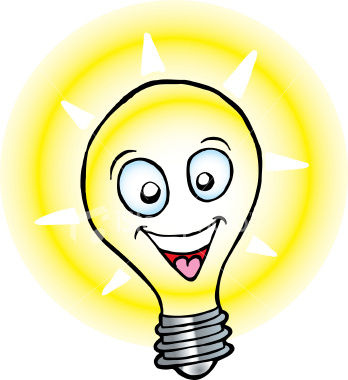True Light
6th Grade Physics: Light
Chapter 10: Research and Discover (Greek Educational System)
|
|
Materials for the lessonPapers and pens for writing.Small magnifying glasses (small, simple ones the children can bring from their home)
|
Layout of the classroomHalf the desks are from the one side of the classroom and the rest on the other side. In two lines facing each other so they can see each other (not one behind the other).In between there is free space so the children of the one team can move freely. |
|
1st PhaseThe teacher divides the children in 8 groups by 3 students each (if the class is 24 children i.e.)The three children are the “Reader”, the “Storyteller” and the “Messenger”.All the “Readers” sit next to each other on the left side of desks with some distance between them.The “Storytellers” on the right side of the classroom again one next to each other.The “messengers” run from one row to the other taking messages from the “readers” to the “Storytellers”.The Teacher gives out the magnifying glasses to the “Readers” and the “Storytellers”,that also wear hats. The “Readers” and the Storytellers are old and cannot see very well that’s why they are using the magnifying glasses. |
|
2nd Phase
|
|
3d PhaseThe “Messenger” when done with writing the 1st sentence of the sentence of the story, runs to take from the teacher e 2nd card of his/her team and the action repeats as before.All teams do the same. Naturally, how fast the students read, write and transfer action makes the groups advance differently for the synthesis of the story. One goes first another goes last. |
|
4th PhaseIn the end the children read their whole story as they have connected it, with the cards from 1-10 or 1-15.These stories are innovative, made up from the teacher and based upon his/her specific lesson.This is an extra work for the teacher but he/she will make them once and then have them ready as “tools & materials” for future classes.Following, were have made an example of one story, dividing it in 12 sentences.5th PhaseStory “A”
When the students are reading, the teacher can interrupt them and explain the lesson.The teacher can create stories from many other subjects such as :A. A walk in Nature-Animals and their eyes. The large mirror of the Lake.
|


 SmartOWL
SmartOWL